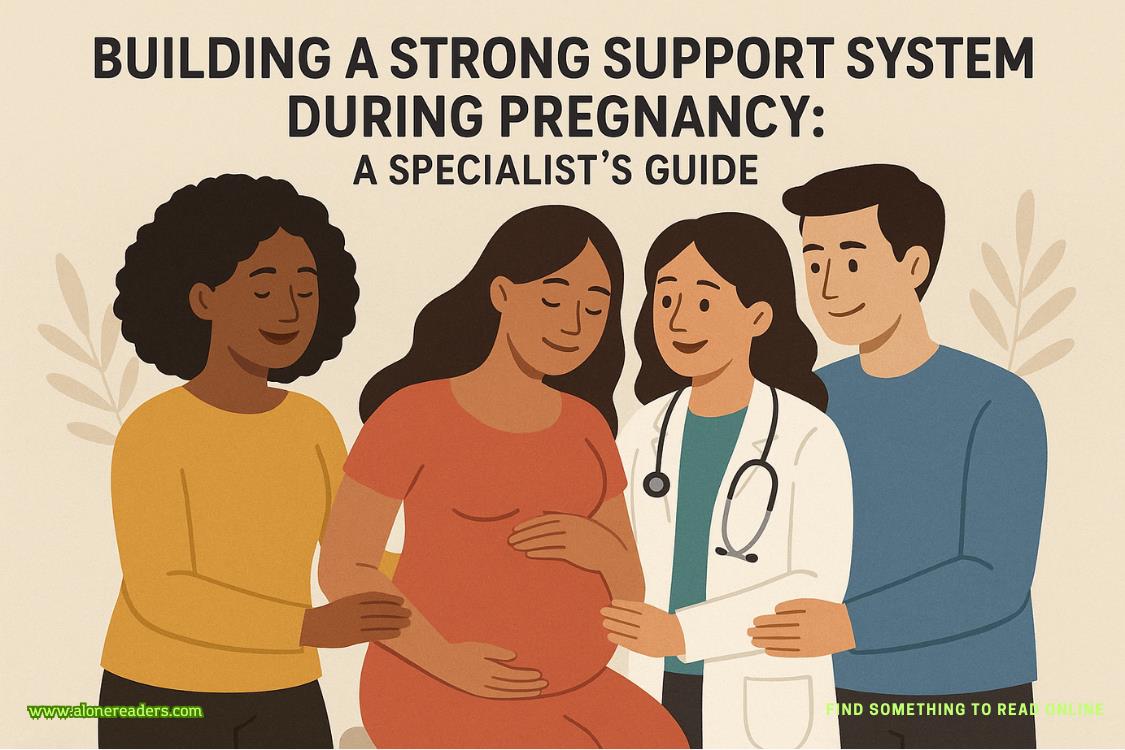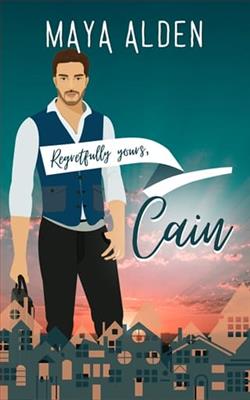Page 74 of A Better World
The itch, the urge to scratch.
“Fuck you, Russell. That letter was lucid,” she said.
The Scratch
The PV librarywas a one-level box-building with an alcove devoted to Plymouth Valley and its history. The next cold morning, Linda headed there.
“This is all the material we keep off line. You should be able to find what you’re looking for. And if you can’t, I have no idea what you’re looking for,” the friendly librarian told her.
The room was formal, with wooden banker’s chairs and a long square table surrounded by books with hard spines. Linda went first for the pamphlets fanned out in a display. These were folksy, and definitely written by Anouk. On the backs were cartoon mythological birds hanging out together: a gryphon, a roc, and a phoenix. In the center, a giant caladrius. The thing was as big as a moose, dwarfing the rest of them. These creatures were enfolded in one another like best buddies.
Thinking of idiopathic leukemia, she went next for the science section. Looked for books relating to health, toxicology, psychology, and cancer. None were present. So much for that.
In the history section, she leafed through a leather-bound book with gold-embossed writing that described the construction of the tunnels, subsequent Labyrinth, nuclear reactor, and purified air dome—engineering feats that many other company towns had since imitated. In the founding history, she noticed a mention of sickness in Plymouth Valley calledthe blight:
The Blight
In the early years, Plymouth Valley’s populace was infected with a blight characterized by loose bowels, dizziness, and night sweats. Several children failed to thrive. The blight was short-lived, and by the town’s second decade, all reports of this type of illness had ceased.
She looked for more on this blight. Found nothing. She checked the dates on when the Omnium Mill had been built—1984—and when it and its waste-processing center, both located along the river, had been decommissioned: 2001. Possibly, that tracked.
Tucked inside this book was another pamphlet, black on both sides, and without illustrations:
The Plymouth Valley Winter Festival
It is the intersection of luck and diligence through which we find success. But outside these fortress walls, even the strongest, most exceptional people do not always survive. As it has always been with the greatest of empires, we owe our bounty to our industry and to our sins. To perpetuate our survival now and always, we pay homage with a sacrifice to the Great White Caladrius.
Beware the Sacrifice
—John Parson Senior, May 2024
She headed back out, indicated the relevant section of the history book to the librarian back at her counter.
“Can you tell me anything about this blight?”
“Huh! I’ve never heard of this.”
“No?” Linda asked.
“Never!” she said.
“Do you think there’s any other place I could look for information?”
The librarian pointed back at the room from which Linda hadcome. “It would be in there, if anywhere. It couldn’t have been that serious. I’d have heard of it.”
“Oh,” Linda said. “Thank you. One more thing—what do they mean by a sacrifice to the Great White Caladrius?”
The librarian took the black pamphlet. She read slowly with her index finger tracing line by line. “Oh, I get it! I know. This is just the Winter Festival. We sacrifice a bird!”
“A bird gets sacrificed to a bird?”
“It’s very silly, isn’t it?”
“Why is it called Great White?”
The librarian smiled halfway, amused. “They can get big. There’s a rumor the really big ones live down in the shelter. But it’s a joke. It’s funny. Kids pretend they’ve seen them. They sleep down there and scare themselves silly. We have a lot of fun with Hollow.”
“Can you tell me exactly what happens in the tunnels at the Winter Festival?”















